The Revolution of Permanent Make-Up
Published on: 16 Jan 2017
Mr Debashis Ghosh
NHS Consultant
GMC Number: 4657664

Medically reviewed by a licensed NHS consultant
Last updated: 15/08/2019Get Free & Simple Pricing, Procedure & After Care Information from a Licensed Consultant Now
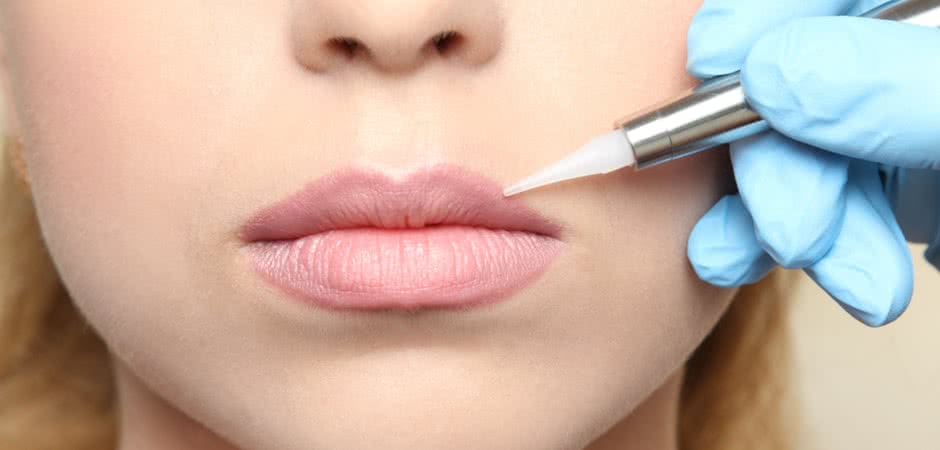
Photo credit: Studio KIWI / Shutterstock
The Revolution of Permanent Make-Up
Why?
No matter your age, permanent make-up has the ability to benefit anyone who desires a soft and natural enhancement of their everyday features. It has the potential to be the perfect solution to a busy, on-the-go lifestyle; whether you’re a mum on the school run, or an athlete who wants to look their best when diving in and out of the pool. It may even be a saviour, as you face insecurity and loss stemming from an illness that is beyond your control. Perhaps your vision is impaired or you face unsteady, shaking hands on a daily basis, which makes it difficult for you to apply cosmetics; whatever the case, there’s bound to be a permanent make-up solution to suit your needs.
But what exactly is it and what does it really involve?
What?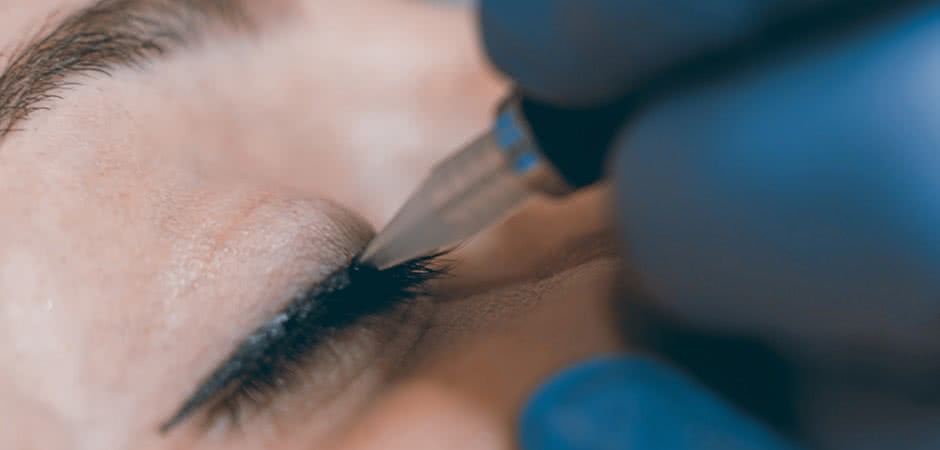
Permanent make-up, also known as micropigmentation, is a cosmetic procedure that can be used for a variety of purposes. For purely aesthetic reasons, one can seek out the procedure to create long-lasting eyeliner, lip liner or eyebrow definition – saving time, effort and overall cost on products like eyebrow pencils or trips to the beauty salon. It is especially advantageous to those who cannot wear certain cosmetics due to allergies and skin sensitivities.
Photo credit: Allexxandar / Shutterstock
However, the technique can also be used medically (“medical micropigmentation”) to recreate areas that have been affected by other health conditions. For example, it can be used to create an image of a nipple for women who have had a mastectomy or to camouflage scars or areas of skin affected by vitiligo. Remarkably, it can even be used to give the illusion of hair for people who suffer from hair loss.
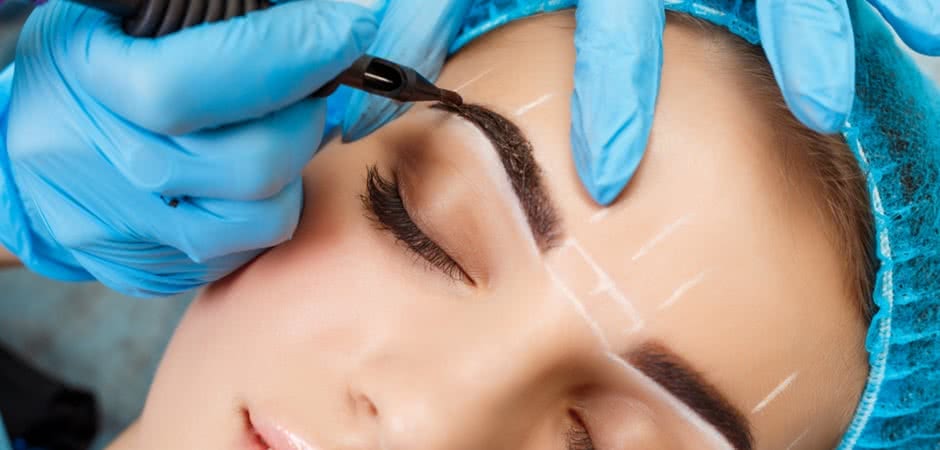
Photo credit: Kovalchynskyy Mykola / Shutterstock
The Procedure
Firstly, you will have to book a thorough consultation to discuss what exactly it is you are after. What type of look do you want to achieve and why? Focus on the colour, position and shape of the desired effect and find out about the process that would need to be followed should something go wrong. Take the time to ask detailed questions and reflect a while on your final decision. A patch test should also be done, in order to make sure you’re not allergic to the pigment used.
On the day, the procedure may take up to one hour and a local anaesthetic cream will be applied to the required area. The skin will then be sketched with a surgical pen. A sterile single-use needle will be inserted underneath the upper layers of skin to deposit pigmented granules: the pigment is usually iron oxide, which is least likely to cause an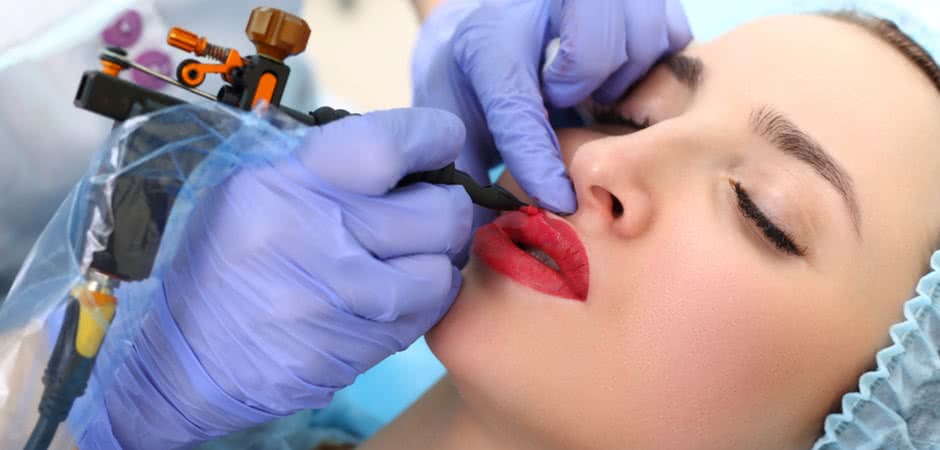 allergic reaction and subsequent bleeding. Each time the needle is inserted, a droplet of pigment will be released into the tiny hole created and you may feel a slight stinging.
allergic reaction and subsequent bleeding. Each time the needle is inserted, a droplet of pigment will be released into the tiny hole created and you may feel a slight stinging.
Typically, you will need up to two applications, spaced four to six weeks apart, and will require maintenance or ‘top-up’ treatments after one to three years (at an extra cost.)
Photo credit: Kovalchynskyy Mykola / Shutterstock
Aftercare and Results
Initially, the colour may appear intense and it can take up to four weeks for it to fade to its permanent shade. The surrounding area may be red and a little swollen immediately after treatment and (depending on the procedure) for a few days afterwards too. There may be a few spots of blood on the first day – and the area itself may feel itchy or quite dry throughout the healing process.
Your practitioner will apply a barrier cream to the area and you’ll be advised to apply this twice daily if you feel the area drying out. Repeat this up to 14 days after treatment, or until the area has fully healed.
You should avoid direct jets from the shower or soaking in the bath for too long, as this may remove the pigment or increase the risk of infection. You will also need to steer clear of chlorinated water (such as in swimming pools) and exposure to sunlight whilst it’s healing. Remember, it can take two weeks or so to fully heal and, as expected, after this stage you will be able to carry out your usual routine and use beauty products as before - if required.
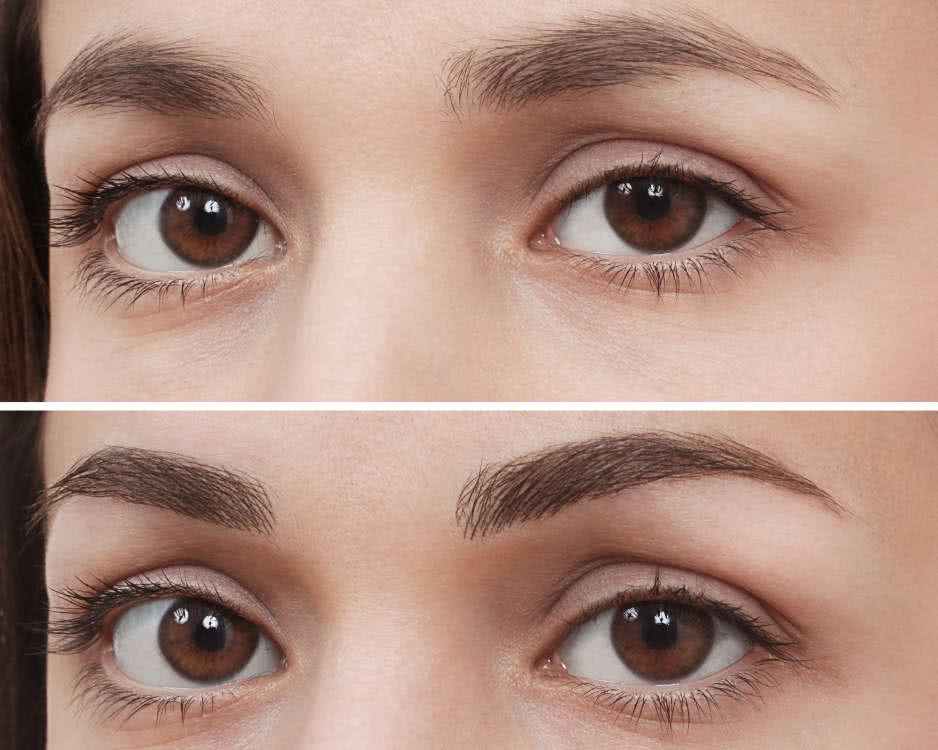
Photo credit: Dakalova Iuliia / Shutterstock
Side Effects and Possible Complications
The possible risks related to micropigmentation are:
Disappointing results (mistakes can be hard to fix!)
Infection
A skin reaction such as swelling, cracking, peeling or blistering
Scarring, or overgrowth of scar tissue
Granulomas – tiny lumps that form under the skin, around the pigment
An allergic reaction to the pigment – but this is rare, as the patch test would usually pick this up. MRI complications – rarely, some people have experienced swelling or burning in the tattooed area after having an MRI scan. It's important to be aware of all the advantages and disadvantages of cosmetic surgery before undergoing your desired procedure.
Is Permanent Make-Up Right for You?
As with any procedure, it is important to be absolutely certain before you go ahead. Permanent make-up or medical micropigmentation treatments still face limitations, some of which include:
Fading. What you have done may fade a little as each year passes and you may need to pay extra in order to maintain the look, seeking a ‘top-up’ every few years.
There is no guarantee you will achieve the effect desired.
Mistakes are hard to fix, and if you are unhappy you may need to undergo laser or chemical tattoo removal.
Styles will change. Thick, statement eyebrows, for example, may not be so desirable in five years time.

Photo credit: Kovalchynskyy Mykola / Shutterstock
Costs
In the UK, the cost of cosmetic micropigmentation varies from £75 for a beauty spot up to £500 for lip liner. In terms of medical micropigmentation you could expect to pay a few hundred pounds for nipple reconstruction and up to a few thousand pounds for scalp coverage. There are a variety of payment options you should consider.
Finding the Right Professional
Providers of micropigmentation do not have to be registered with the Care Quality Commission (CQC), which is the independent regulator for health services in England. With this in mind, you should look to find a reputable practitioner who practices in a clean, safe and appropriate environment. Check all qualifications and training, and ensure the practitioner has the right processes in place to deal with any possible complications.
As Mr. David Gault (consultant plastic surgeon and BAAPS member, specialising in laser treatments) states: “Whilst so-called ‘cosmetic’ treatments might seem too trivial to merit regulation, the machines involved are powerful tools; their use in the ‘beauty industry’ does not make them less dangerous, especially when in untrained hands.” (1) And whilst this is in reference to laser treatment specifically, it is certainly a statement to bear in mind when moving forward with your final decision and selection of practitioner.
What’s more, medical micropigmentation requires specific training. So, make sure to approach a professional who is properly qualified and check with your doctor that it will not interfere with any planned treatment moving forward. It is also important to note that you should not consider micropigmentation if you are prone to keloid scarring.
If Problems Occur
Be sure to look out for problems that may occur when healing or if your skin pigmentation changes. If you have any symptoms or complications that require medical attention, it is best to get in touch with the practitioner who treated you. If this is not possible, try contacting your GP or local accident and emergency (A&E) department.